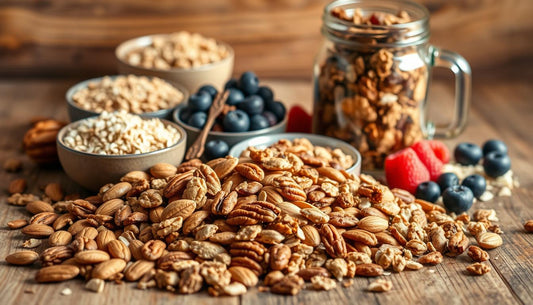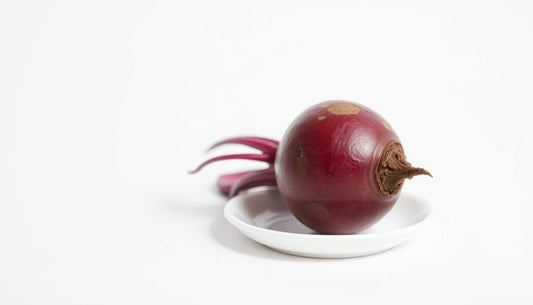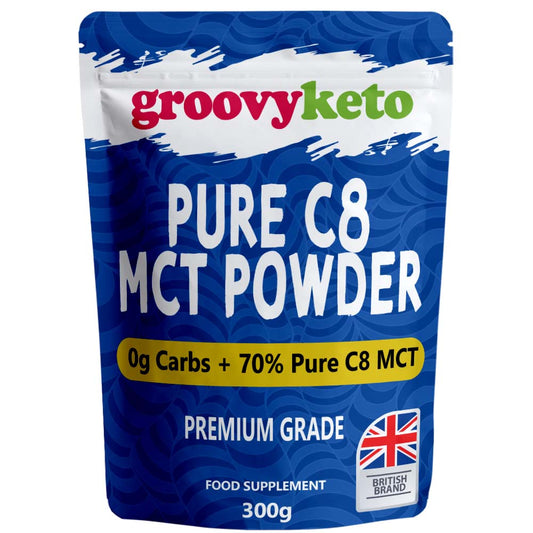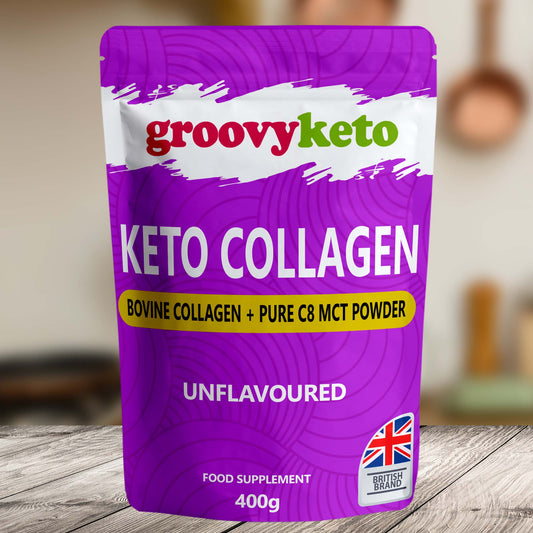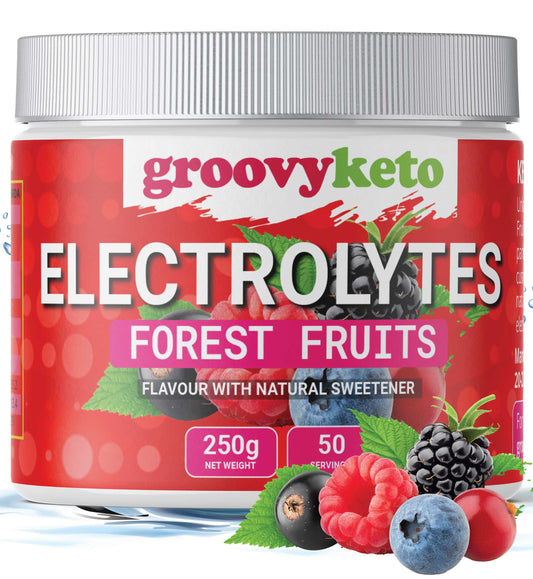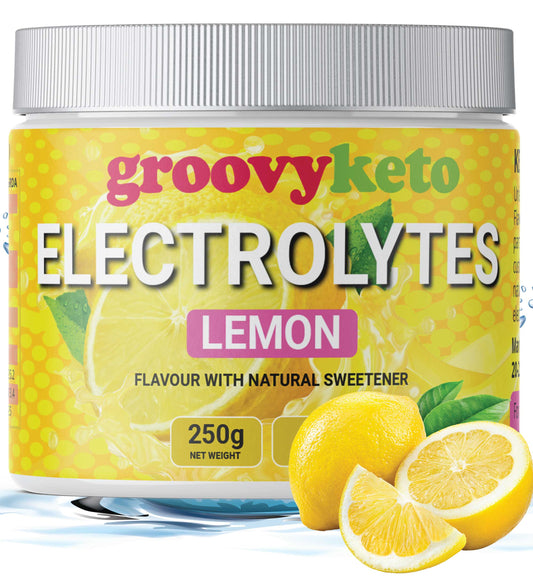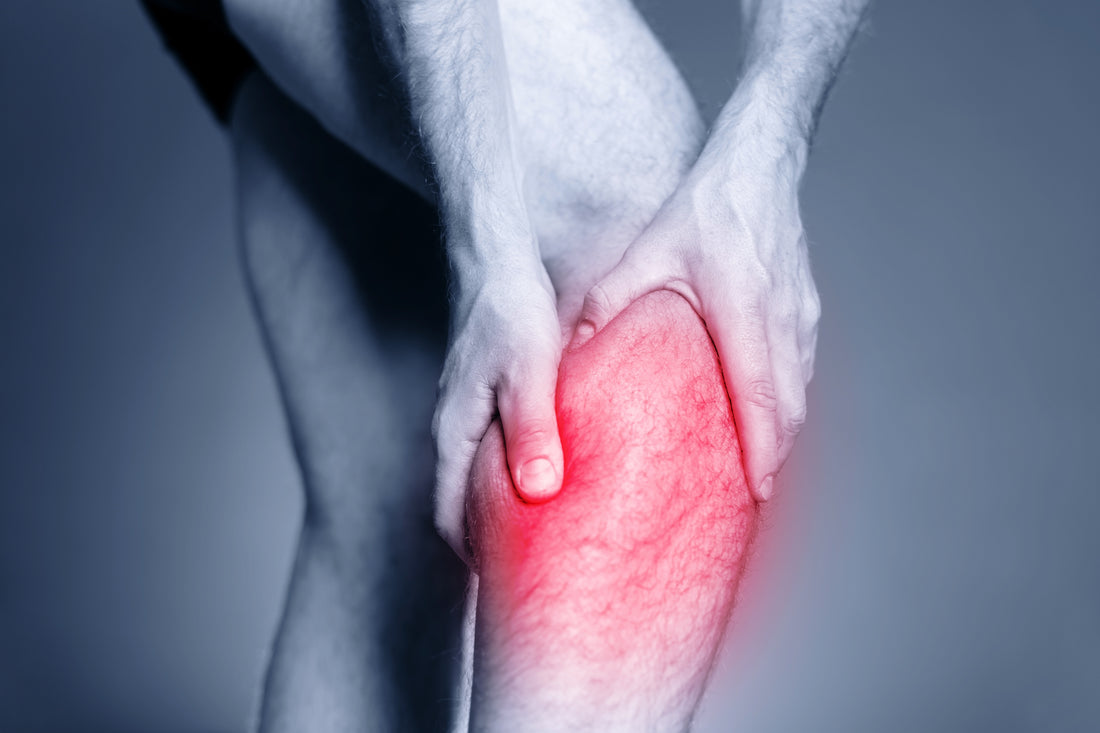
Keto Diet and Leg Cramps: A Comprehensive Guide to Causes and Cures
Share
Introduction to Leg Cramps on Keto
Adopting a ketogenic diet offers numerous health benefits, including weight loss, improved blood sugar control, and enhanced mental clarity. However, transitioning to a high-fat, low-carb lifestyle can also bring about unexpected physical challenges, one of which is leg cramps. These painful spasms can disrupt sleep and hinder daily activities, often leaving individuals seeking quick and effective solutions.
Leg cramps on a ketogenic diet are not uncommon, especially during the initial stages of dietary adjustment. The body's shift to ketosis involves significant changes in fluid and mineral balance, which can trigger cramping. Understanding the underlying causes is essential for both preventing and treating these discomforts effectively.
In this comprehensive guide, we will delve into the causes of keto-induced leg cramps, explore prevention strategies, and provide practical treatments to alleviate these painful episodes. Our goal is to arm you with the knowledge to manage this side effect, ensuring a smoother and more comfortable keto journey.
Understanding the Causes of Keto Leg Cramps
Leg cramps during a ketogenic diet can often be attributed to several key factors that are directly related to the dietary changes and their effects on the body’s physiology:
1. Electrolyte Imbalance: One of the most common causes of leg cramps on a keto diet is an imbalance in electrolytes—minerals in your body that include sodium, potassium, magnesium, and calcium. See our extensive guide on potassium on the keto diet and magnesium on the keto diet for more information. When carbohydrate intake is drastically reduced, insulin levels drop, which leads to increased excretion of sodium and water by the kidneys. This diuretic effect can disturb the balance of electrolytes, making cramps more likely.
2. Dehydration: Alongside the loss of electrolytes, dehydration is another contributing factor. The ketogenic diet naturally induces a loss of water weight as the body burns through its carbohydrate stores, which also includes stored water. If this fluid isn’t adequately replaced, the risk of cramps increases.
3. Adaptation to Fat Metabolism: As your body adapts from using glucose to fat as its primary energy source, certain muscles may temporarily struggle with the new energy pathway, especially under strain or during exercise, leading to cramps.
4. Nutrient Deficiencies: Although less direct, deficiencies in key nutrients like magnesium and potassium, which are vital for muscle function and nerve transmission, can exacerbate the frequency and severity of leg cramps.
Understanding these causes is the first step toward preventing and treating leg cramps effectively. By addressing these issues, you can help reduce the likelihood of experiencing painful cramps while following a ketogenic diet.
Preventing Leg Cramps on Keto
Prevention is key when it comes to managing leg cramps induced by a ketogenic diet. Here are several strategies that can help you minimize the occurrence of these painful spasms:
1. Maintain Electrolyte Balance:
- Increase Intake of Electrolyte-Rich Foods: Consume foods high in magnesium, potassium, and calcium. Leafy greens, nuts, seeds, avocados, and yogurt are excellent sources of these essential minerals.
- Consider Keto Electrolyte Supplements: If dietary sources are insufficient, electrolyte supplements can help replenish sodium, potassium, and magnesium levels effectively.
2. Stay Hydrated:
- Drink plenty of water throughout the day. The general guideline is to consume at least eight 8-ounce glasses, but you may need more based on your activity level and other factors.
- Include beverages that contribute to hydration without excessive carbs, like herbal teas or flavored water with a squeeze of lemon or lime.
3. Adjust Your Diet:
- Monitor and possibly increase your carbohydrate intake slightly if you're very active. This can help manage the transition and maintenance phases of keto more comfortably and reduce cramp incidents.
- Ensure you're getting enough fat and protein to support muscle function and energy needs without overloading on foods that could deplete essential minerals.
4. Exercise Moderately:
- Regular, moderate exercise can improve circulation and muscle tone, which may help prevent cramps.
- Be mindful of your body’s responses to different activities and adjust your exercise regimen accordingly to avoid overexertion.
5. Stretch Regularly:
- Incorporate stretching into your daily routine, especially before and after exercise. Focus on stretches that target the legs, which can help relax muscle fibers and reduce the risk of cramps.
By implementing these preventive measures, you can significantly reduce the likelihood of experiencing leg cramps while on a ketogenic diet and enjoy a more comfortable and sustainable lifestyle change.
Effective Treatments for Keto Leg Cramps
When prevention isn't enough, or if you're caught off-guard by a sudden leg cramp, there are several effective remedies you can apply to alleviate the pain and discomfort:
1. Immediate Remedies:
- Stretch and Massage: Gently stretching the affected muscle can relieve a cramp. Follow up with massaging the area to ease tension and promote blood flow.
- Apply Heat or Cold: Using a heating pad on tense muscles or an ice pack on sore areas can help reduce the pain and inflammation caused by leg cramps.
2. Nutritional Adjustments:
- Increase Electrolyte Intake: If cramps persist, consider boosting your intake of electrolytes, particularly magnesium and potassium. Foods rich in these minerals or supplemental forms can be effective.
- Hydration: Ensure you're consuming enough fluids throughout the day. Dehydration is a common trigger for muscle cramps.
3. Supplemental Support:
- Magnesium Supplements: Magnesium is a critical mineral for muscle health and can be particularly effective in treating leg cramps. Consider a magnesium supplement, especially before bed, as it can also aid in better sleep.
- Vitamin B Complex: This group of vitamins aids in proper nerve function and can help prevent cramps when taken regularly.
4. Lifestyle Adjustments:
- Evaluate Exercise Routines: If exercise seems to trigger cramps, adjust the intensity or duration of your workouts. Make sure to warm up properly and cool down to relax your muscles.
- Better Sleep Positions: Sleeping with a pillow under your knees can reduce strain on your legs and prevent cramps during the night.
5. Consult a Healthcare Professional:
- If leg cramps are severe, frequent, or don’t improve with home treatment, it may be necessary to consult a healthcare professional. They can assess for underlying conditions that may be causing your symptoms.
These treatments can help you manage leg cramps more effectively and reduce their impact on your keto journey.
When to See a Doctor for leg cramps when on keto diet
While most leg cramps are benign and can be managed with home remedies, certain situations require professional medical attention. Here are some indicators that it might be time to consult a healthcare provider:
1. Persistent or Severe Cramps:
- If leg cramps are severe, occur frequently, or persist despite trying various home remedies, it may indicate an underlying health issue that needs to be addressed.
2. Accompanying Symptoms:
- If leg cramps are accompanied by symptoms such as swelling, redness, skin changes, or feelings of warmth around the affected area, these could be signs of more serious conditions like deep vein thrombosis or infections.
3. Impact on Daily Activities:
- When leg cramps hinder your ability to perform daily activities or disrupt your sleep regularly, a healthcare professional can offer treatments that might not be available over the counter.
4. No Improvement with Electrolyte Balancing:
- If adjustments to diet and supplementation do not improve the frequency or intensity of the cramps, this might suggest an absorption issue or another medical condition that requires professional evaluation.
5. Other Medical Conditions:
- Individuals with other underlying health conditions, such as kidney disease or thyroid problems, should consult their doctor if they experience leg cramps, as these could be related to their existing health issues.
By understanding when to seek help, you can ensure that you are not overlooking a potentially serious condition and are getting appropriate treatment.
Conclusion
Navigating the ketogenic diet can sometimes bring unexpected challenges like leg cramps, but understanding the causes, preventive measures, and effective treatments can significantly ease your journey. From maintaining proper electrolyte balance and hydration to recognizing when to seek professional medical advice, managing leg cramps effectively ensures that you can continue to benefit from the health advantages of a ketogenic lifestyle without undue discomfort.
Remember, each person's body reacts differently to dietary changes, so it may take some time to find the right balance of nutrients to prevent leg cramps. Stay vigilant about your body's signals and be proactive in making adjustments to your diet and lifestyle. With the right strategies in place, you can minimize discomfort and maximize the benefits of your ketogenic diet.

